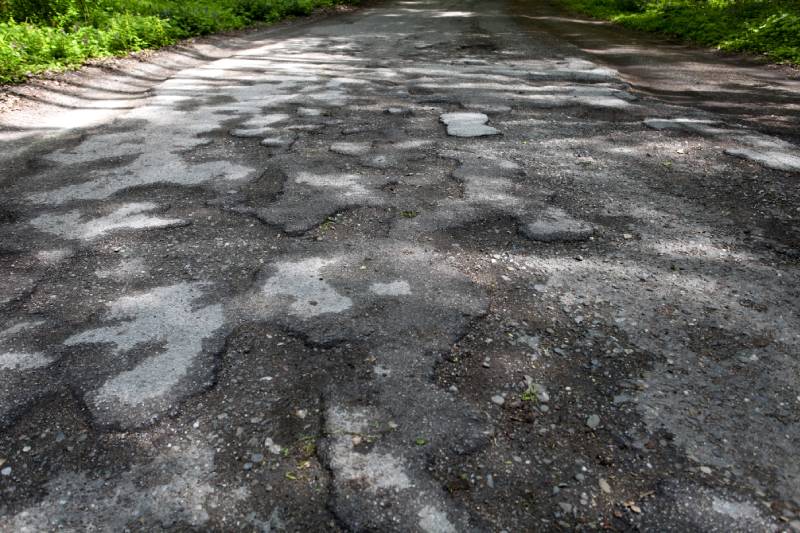Constructing commercial properties entails more than just the physical structure; it encompasses the entire infrastructure that surrounds it. Among these critical components, the installation of commercial asphalt takes center stage. This process is integral in establishing a robust foundation that not only supports the property but also ensures safety, accessibility, and longevity. Let’s dive into the intricacies of commercial asphalt installation and why it is fundamental for any commercial property.
The heart of the commercial asphalt installation process lies meticulous site preparation. The initial step involves the thorough clearing of the construction area, ridding it of debris, rocks, and vegetation. Any existing pavements or structures that no longer serve a purpose must be removed to create a clean canvas. Once the site is clear, grading takes place, a process that ensures proper drainage and an even surface. Adequate grading is imperative as it prevents water from pooling, a situation that can compromise the integrity of the asphalt over time.
Beneath the asphalt surface lies the subgrade, which acts as the natural soil or aggregate base. The stability and compaction of this subgrade are paramount to the longevity of the pavement. Depending on the existing subgrade conditions, additional aggregate or soil may need to be added and compacted to achieve the desired strength and thickness.
The next layer in the commercial asphalt installation is the gravel base. Positioned above the subgrade, this layer not only improves drainage but also provides a stable foundation for the asphalt. Ensuring proper compaction of the gravel base is crucial to prevent settling and maintain a level surface.
The Key to Durable Asphalt Construction
Moving upward in the construction process, the binder course comes into play. This layer of asphalt serves as the foundation for the final surface layer. Distinguished by its thickness and coarseness, the binder course provides structural support and durability. It undergoes careful grading and compaction to create a strong and even foundation.
Finally, the surface course is the top layer that meets the eye and bears the brunt of daily traffic. This layer of asphalt must be smooth, aesthetically pleasing, and robust enough to withstand the wear and tear of vehicles and pedestrians. Its placement is a meticulous task that involves leveling and compacting to achieve a seamless driving surface.
Proper compaction is a pivotal aspect of the asphalt installation process. Specialized equipment is employed to ensure each layer of asphalt is compacted thoroughly. Adequate compaction is necessary to create dense, strong asphalt that can withstand heavy loads and endure over time. Inadequate compaction can lead to premature deterioration and costly repairs down the road.
After installation, the asphalt must undergo a curing process to reach its full strength. This involves allowing the asphalt to cool and harden, a period that typically spans several days. During this crucial phase, it is essential to keep traffic off the surface to prevent any damage that might compromise the integrity of the newly laid asphalt.
In addition to the installation itself, proper line striping and markings play a significant role in commercial asphalt projects. These markings include parking space lines, handicap spaces, directional arrows, and any other essential indicators. They are meticulously applied to the cured asphalt surface to ensure safety and facilitate efficient traffic flow within the commercial property.
Lastly, it’s essential to emphasize that a well-installed asphalt surface is not a one-time accomplishment but rather an ongoing investment that requires regular maintenance. This includes periodic inspections, crack sealing, and eventual resurfacing to prolong the lifespan of the pavement and protect the property’s value.
- Regular inspections are crucial
- Prioritize crack sealing
- Plan for eventual resurfacing
Conclusion
In conclusion, commercial asphalt installation is a meticulous and multifaceted process, pivotal in establishing a strong and durable foundation for any commercial property. From site preparation and grading to compaction, curing, and ongoing maintenance, each step is integral to the longevity and functionality of the asphalt surface. When executed correctly, commercial asphalt not only provides a smooth and safe surface but also contributes significantly to the property’s long-term value and usability.






